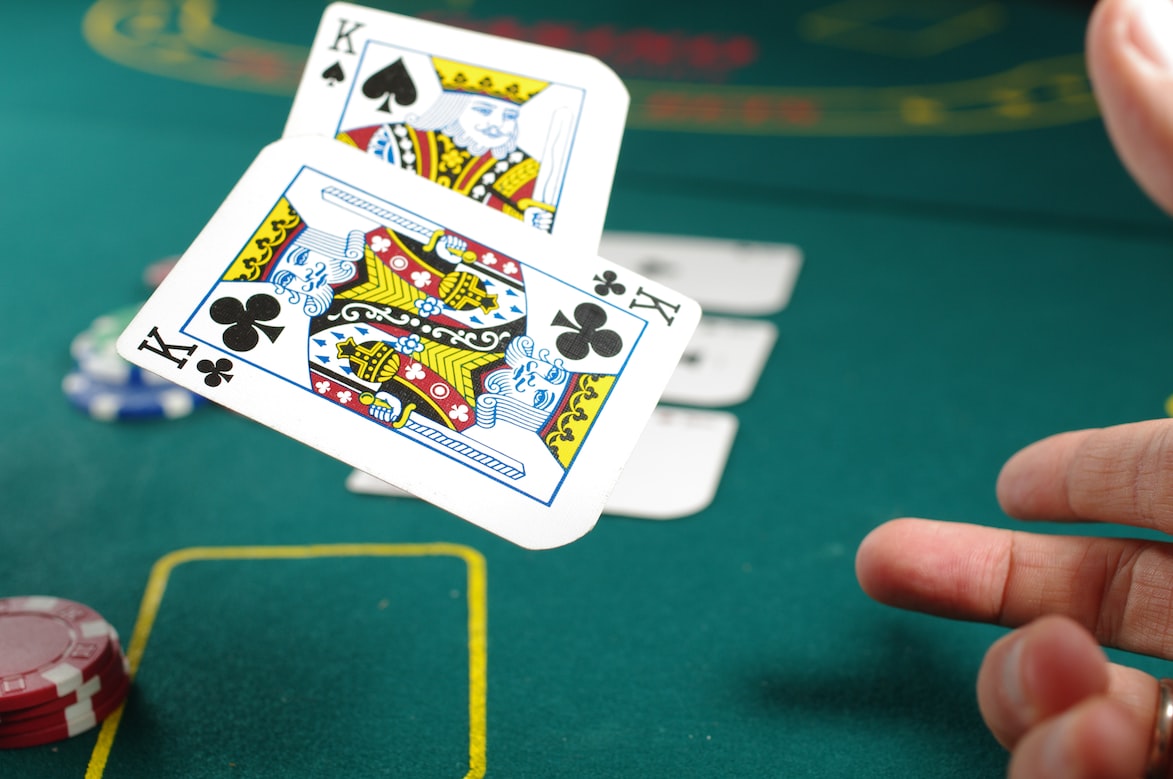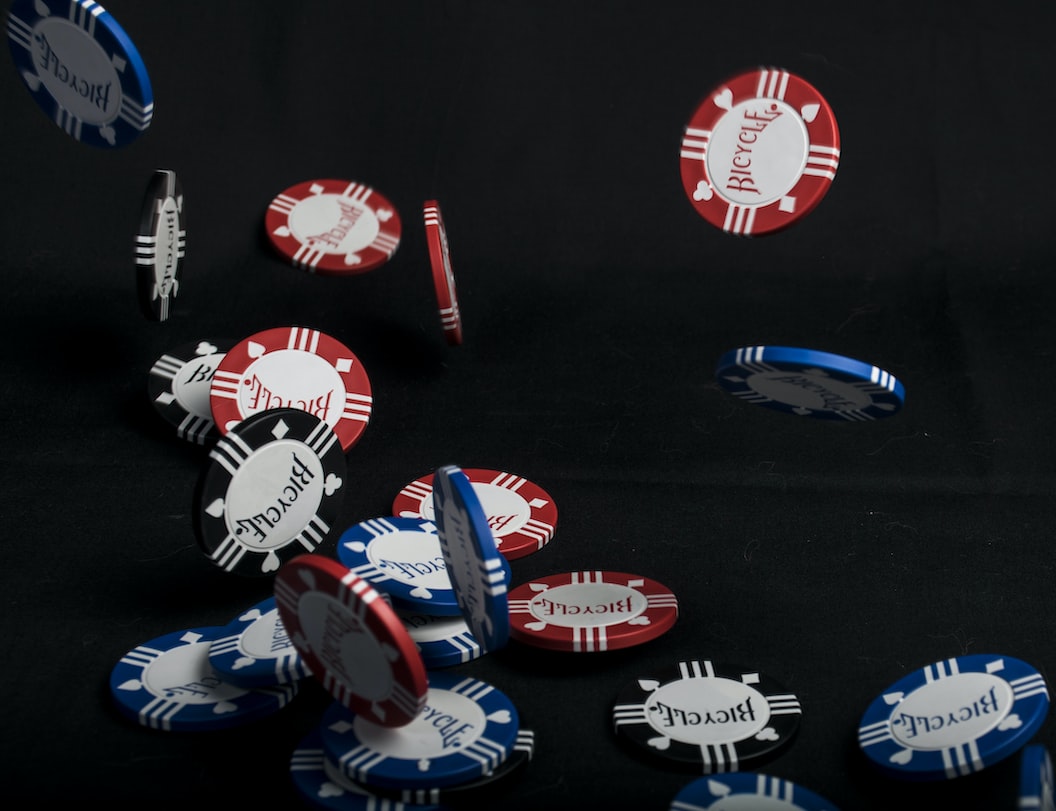Poker is one of the biggest games in the world for several reasons. First, it is a very simple game to learn, particularly for variants like Texas Holdem. The basic rules can be learned in a matter of minutes, and only a few different types of bets can be made. Second, poker is a very social game. It is typically played with friends or family, allowing players to chat and bond with one another. Third, poker is a very suspenseful game. The outcome of each hand is often uncertain, and players can never be sure what cards their opponents are holding. This unpredictability makes poker both exciting and addicting. Finally, poker is a very lucrative game. Skilled players can make a decent living, and even amateur players can win, albeit less consistently. For all these reasons, it is no wonder that poker is one of the most popular games in the world.
Poker is often seen as a game of luck, but the truth is that it takes a great deal of skill to be successful. You can employ countless strategies and techniques, with none being the best in every situation. While this strategic depth may intimidate beginners, there’s an abundance of resources online to help you learn the game. This poker guide is one of them, and it will teach you one of the most fundamental unwritten rules of poker: Being aggressive. It will cover the two main passive playstyles and explain their main flaws.

Poker playstyles: Tight and loose, passive and aggressive
In poker, “tight” and “loose” refer to the number of hands a person plays. A tight player plays few hands, sticking to premium ones like AA and AK. A loose player plays a lot of hands and is more willing to play ones without guaranteed value. Passive and aggressive describe how a person plays their hands. Passive players prefer to check and call, while aggressive players are not afraid to bet and raise. The four main poker playstyles are created from combinations of tight/loose and passive/aggressive. They are tight-passive, loose-passive, tight-aggressive, and loose-aggressive.
Tight-passive: An overview
In poker, the tight-passive playstyle is characterized by its cautious approach. Players who adopt this style typically only play a small number of hands and are quick to fold if they do not have a strong hand. They also tend to check or call rather than bet or raise, which keeps the pot size small. Many beginners resort to this style because they fear confrontation, which brings problems. Tight-passive players often get nicknamed rocks because of their rigid playstyle of doing nothing until they get a solid hand.
Loose-passive: An overview
The loose-passive playstyle in poker is characterized by a low frequency of betting and raising combined with a high frequency of calling. While they play many hands, they are unwilling to try and bluff, instead calling even when the odds of their hand improving are terrible. Many beginners also adopt this playstyle, as they feel that betting could be a waste of money but still want to continue with their hands. Loose-passive players are often nicknamed calling stations because of said overreliance on calling.

Tight-passive flaws
Any experienced poker player knows that the tight-passive playstyle has its flaws. First, players who adopt this strategy can be easily bluffed. Their starting hand selection means skilled players will. Second, their predictable nature makes it easy for opponents to deny them profit. Players effectively telegraph their hands to their opponents by playing tightly and passively. As a result, skilled opponents can easily exploit their weaknesses and take their chips. Finally, the nature of the tight-passive playstyle means that players aren’t maximizing their potential profits. While the tight-passive playstyle sounds decent on paper, its predictable nature makes it difficult for players to win big pots.
Loose-passive flaws
While the loose-passive playstyle can sometimes work in very low-stakes games, it is generally a significant mistake in anything more serious. The reason for this is that the blinds eaten up by playing so many hands quickly add up, and unless you are constantly winning big pots, it is challenging to make up for these losses. Furthermore, by playing so many hands, you are likely to run into situations where you are outmatched by players who are more aggressive or who simply have better cards. As a result, if you want to be successful in poker, adopting a more tight-aggressive or loose-aggressive approach is essential.
Why is being passive bad?
As you may have noticed, both the tight and loose-passive playstyles have many flaws. Being passive in poker is generally a bad idea for several reasons. For one, it can lead to missed opportunities. If you’re not actively betting or raising, you’re not giving yourself a chance to win pots without a good hand. Being passive can also make you an easy target for more aggressive players. If you’re not putting any pressure on your opponents, they can easily outplay you by betting and raising when they have strong hands and taking down pots that you could have won. Finally, passive play can simply be boring. Poker is supposed to be a fun and exciting game, but it might not be enjoyable if you’re just calling and checking all the time. So if you want to be a successful poker player, you must be willing to take risks and be more aggressive. Otherwise, you’ll likely find yourself stuck in the middle of the pack with little chance of winning.

Where to play online poker
We hope this article taught you about one of the most critical unwritten {{Texas Holdem rules}}: You must be aggressive. The next time you sit down at the table, keep these tips in mind and sign up for an account at GGPoker, the world’s largest poker room. With a wide variety of poker games and formats, you will surely find plenty of competition (and fun) at GGPoker.

